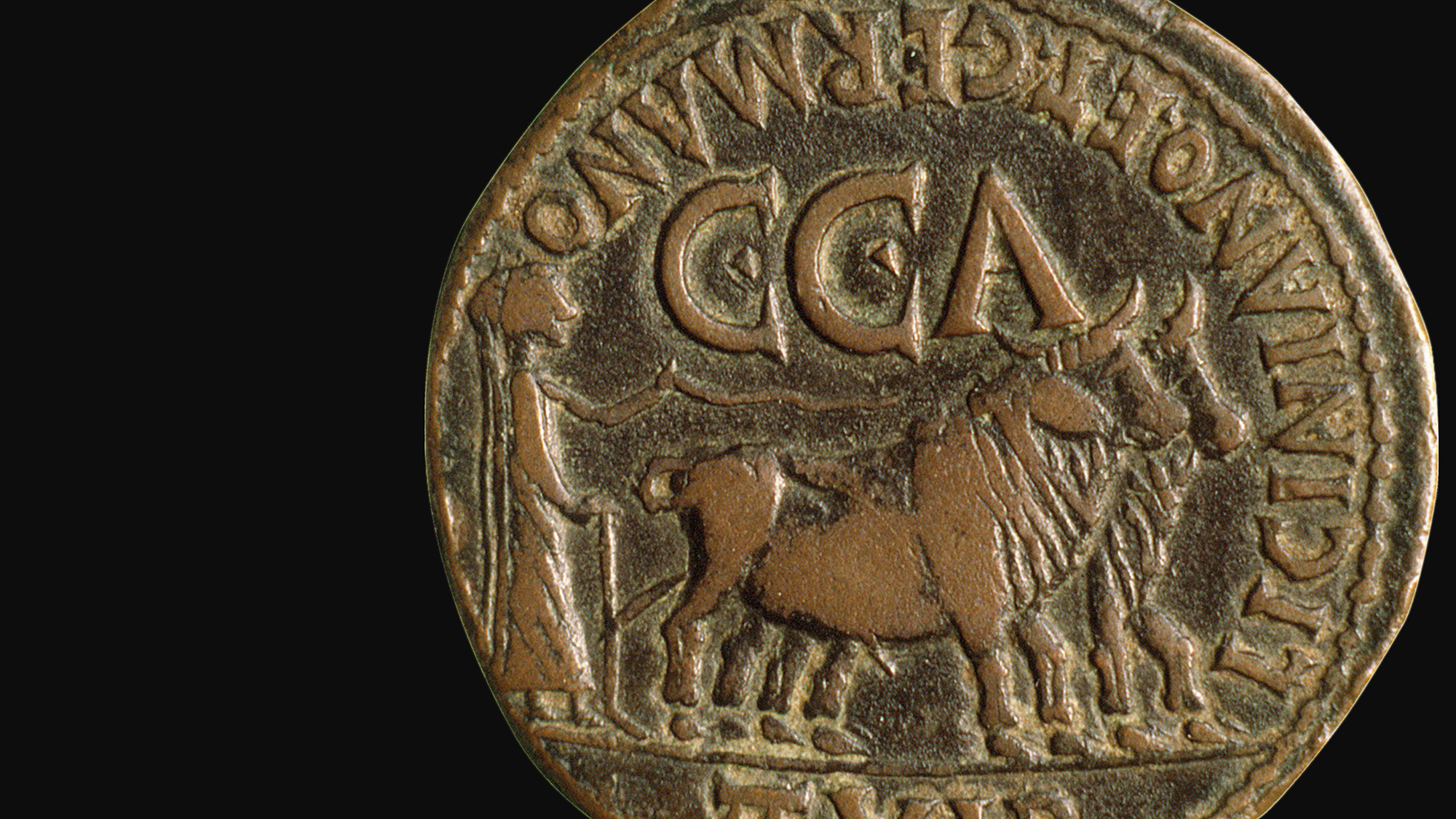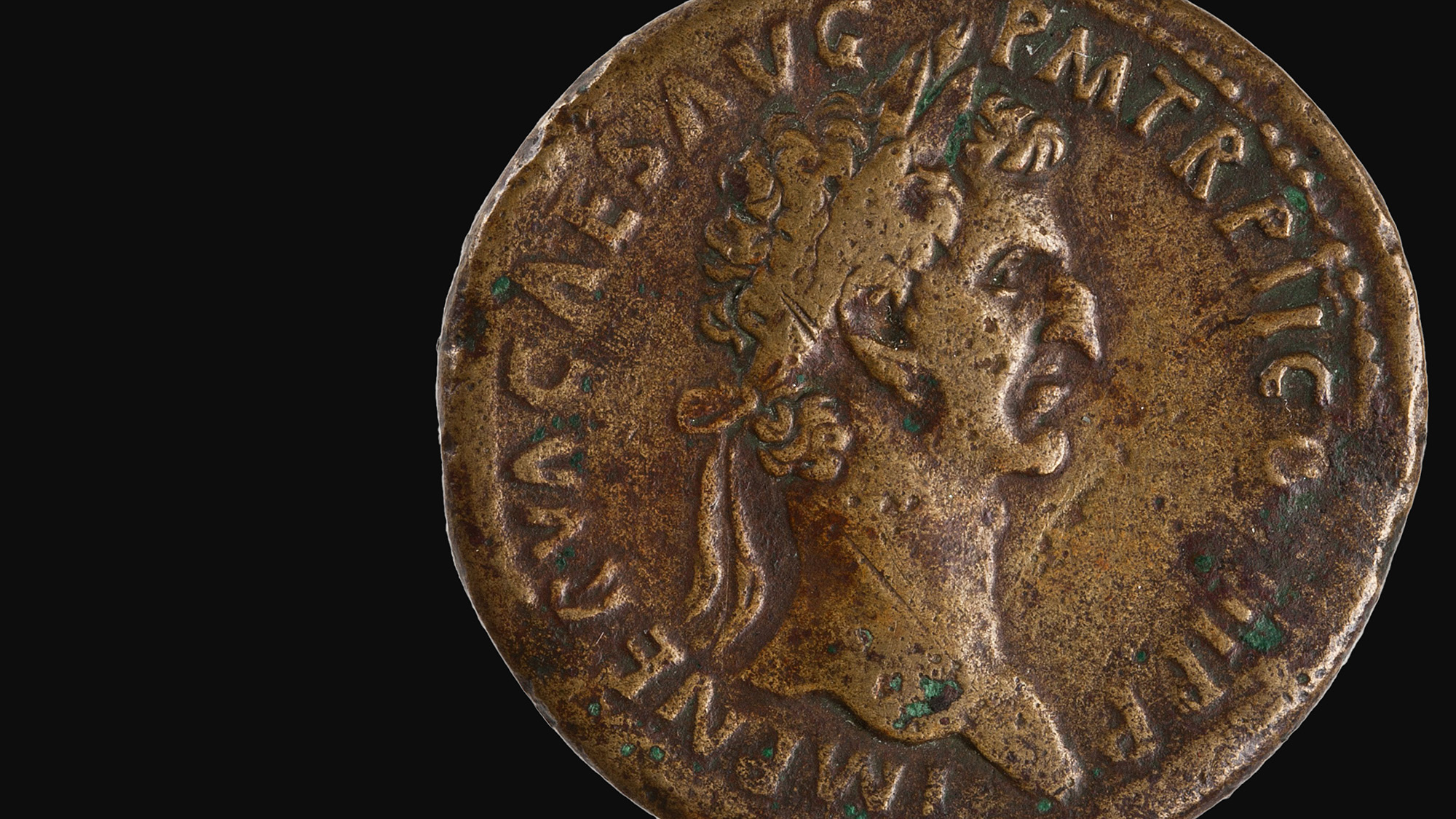Coins of the Reapers' War
It is often said that the marriage of Isabella of Castile and Ferdinand II of Aragon in 1469 created Spain as a unified country. This is, like most historical generalizations, an oversimplification. It is even a historical accident that the crowns of Castile and Aragon remained together, simply because Ferdinand had no surviving son by his second wife. For more than two centuries after Isabella and Ferdinand, the Spanish kingdoms—Castile, Navarre, the several realms held by the kings of Aragon, and also Portugal after 1580—continued to have separate parliaments, administrations, legal systems, and monetary systems.
The separate institutions caused friction in times of stress, when the crown could more easily extract taxes and soldiers from Castile than from regions with stronger local governments and more legal restrictions on royal power. The pressure of simultaneous wars against France, Sweden, and the Netherlands in the 1630s induced King Philip IV’s (Castilian) chief minister, the Count-Duke of Olivares, to try to impose new obligations on the other regions. This provoked open revolt in Catalonia, the region with the strongest tradition of local self-government and limitations on royal authority, and in Portugal, which had a long history of separate independence.
The uprising in Catalonia resulted in a long war, sometimes called the Reapers’ War (Guerra dels Segadors). Like a number of other wars of the seventeenth century, this conflict presaged the developing supersession of medieval-style political localism by large nation-states.
The original theoretical basis of the revolt lay in the traditional rights claimed by the Catalan counties and cities relative to their overlords. Their goal was to protect their rights and privileges against the centralizing wishes of the royal government in Madrid. However, when political dissent turned into warfare, it became necessary to subordinate some of this autonomy for the sake of military effectiveness. The difficulty of balancing these goals can be seen in the Catalan coins of the war.
In theory, all of Catalonia used the same monetary system—the lliura, sou, and diner of Barcelona—and most of the circulating coins for this system were issued by Barcelona. However, many other localities had the right to strike their own minor coins on the standards of Barcelona, and in Perpignan the local coinage diverged somewhat from that of Barcelona.
When they suddenly faced the large costs of recruiting, supplying, and paying an army to fight the king, many localities started to issue their own coins. At first, retaining some hope that resistance would force the king’s government to settle the dispute by confirming their rights, these coins named Philip IV as sovereign.


However, there was never much chance that Olivares would compromise, and a much larger number of coins were issued in 1641 and 1642 in the name of the Principality of Catalonia, effectively declaring itself to be an independent state.


Although regional coalitions of towns and nobles often challenged kings in the Middle Ages, by the seventeenth century this was becoming more difficult. The Catalans on their own could not defeat Castile if the royal forces were concentrated against them. Therefore, one of the first priorities of their regime was to obtain assistance from France, a similarly powerful neighbor already at war with Philip IV.
The price for French assistance was recognition of the French king as Count of Barcelona (and thus ruler of Catalonia), along with installation of a French viceroy to lead the war effort in Barcelona. Before long, punches with images of the French king were sent from Paris to be used on the Catalan coins.


Thus, in the end, the Catalans were faced with a choice between two centralizing monarchies. The autonomous localities of Catalonia were an impediment to French power, and the authorities in Barcelona wished to monopolize profitable aspects of administration such as minting. Most of the local mints in Catalonia were closed soon after 1642, eventually leaving only Barcelona and Perpignan.


In the end, control of Catalonia seemed more vital to the administration in Madrid than to the one in Paris. Despite being overstretched by multiple crises, the government concentrated as much force as it could on this front. In 1652, Philip IV’s armies captured Barcelona and, with it, most of Catalonia. In the final peace settlement of 1659, Louis XIV retained the portion of Catalonia north of the Pyrenees, and promptly abolished many of its local privileges.
These coins show the rise of modernity not only in the changing practicalities of political scale. Technologically as well, they straddle the division between medieval and modern methods. Although most Spanish mints in the 1640s still struck coins by hand using a hammer, roller presses were used at the royal mint of Segovia (in Castile) and at the mint of Barcelona (in Catalonia). The small roller presses in Catalonia, operated by muscle power, were unable to strike large coins, with the result that the large silver coins (5 rals) of the Catalans were all struck by hand, while their low-denomination billon or copper coins (sisens or diners) were made on the roller presses.




Thus, the coins of the Reapers’ War can be seen as standing on the threshold of modernity, in more than one way.
Further reading: for more on the historical background, see J. H. Elliott, The Revolt of the Catalans (Cambridge: Cambridge University Press, 1963); for the coins discussed here, see M. Crusafont, Història de la moneda de la Guerra dels Segadors (Barcelona: Institut d’Estudis Catalans, 2001).




